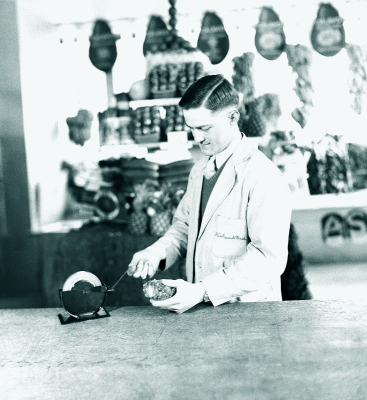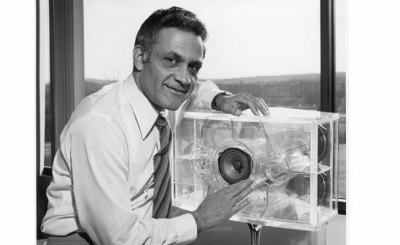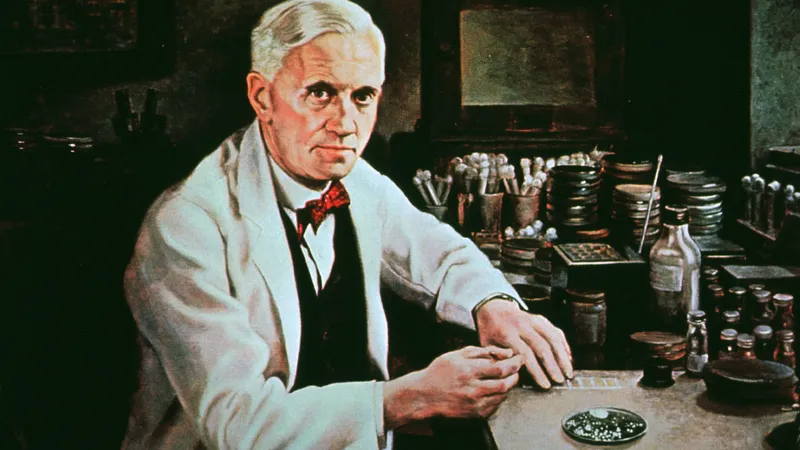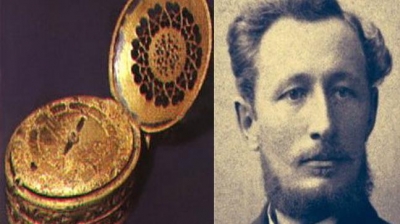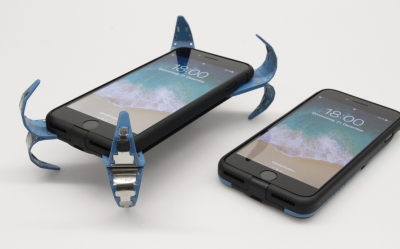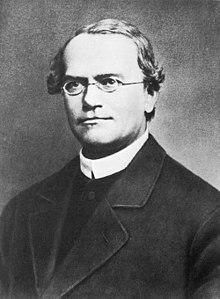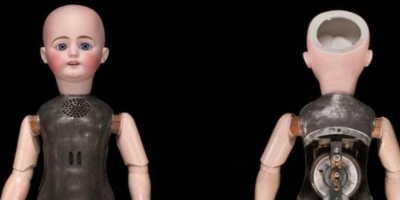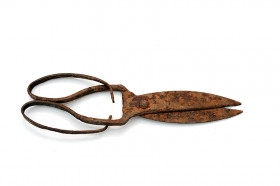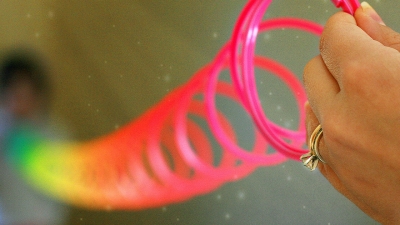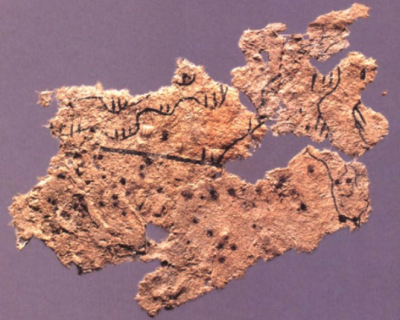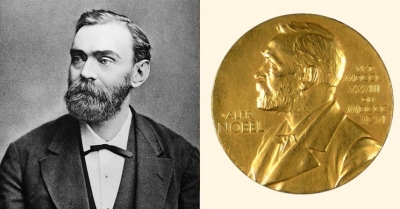Who invented the ice cream cone?

Licking an ice cream off a cone is something that most children can't say no to. Or even adults for that matter. One of the most delicious treats enjoyed across age groups, the origin of the cone that bears the ice cream is shrouded in mystery.
Over 2,000 years
Before we dive into the story of the cone, a little bit more about ice creams. Their origins can be traced back to over 2,000 years, but it is impossible to fix a specific date or an inventor. What we do know is that the likes of Alexander the Great (4th Century BCE) and Roman emperor Nero Claudius Caesar (1st Century CE) enjoyed these frozen treats in one form or another.
When ice was mixed with salt, it was possible to lower and control the temperature of the mix of ingredients. This proved to be a major breakthrough in the creation of ice cream as we eat it today. While the invention of wooden bucket freezers with rotary paddles proved to be the next big thing for ice creams, their business truly became profitable and distributable when mechanical refrigeration made its way in the second half of the 19th Century.
It is believed that Menches conceived the idea of filling a pastry cone with scopps of ice cream on July, 23, 1904. According to the story on the Menches Bros. company website, Charles and Frank Menches invented the waffle cone.
It was early in the 20th Century that the cones made their way, revolutionising the way we consume ice creams. While there are many parallel claims as to who invented the ice cream cone, many accounts, including U.S.' Library of Congress, credit American Charles E. Menches.
It is believed that Menches conceived the idea of filling a pastry cone with scoops of ice cream on July 23, 1904. According to the story on the Menches Bros. company website, cherles and Frank Menches invented the waffle cone.
St. Louis World's Fair
Having baked waffles in Parisian waffle irons during 1904 St. Louis World's Fair, they then thought of wrapping the warm waffle around a fid which is a cone-shaped splicing tool that is used for tent ropes. As the waffle held its shape after cooling, it proved to be an edible container for eating ice cream.
The Menches brothers began productions of these “premium" cones on returning home. They even launched their own business called Premium Ice Cream Cone and Candy Company in Akron, Ohio. Chales continued to work on improvements and even received a patent titled "Baking iron for ice-cream cones” on June &. 1909
Marchiony's cups
Menches was neither the first, nor the last, to claim priority for inventing the ice cream cone. Italian-American immigrant Italo Marchiony received a patent on December 5, 1903 for a device that could make edible cups with handles. While these weren't rolled up waffles that remain popular, they did improve business. Street-vending became a lot more efficient with these and for this reason, some consider it as the first cones.
Apart from Menches and Marchiony, Ernest Hamwi, Abe Doumar, Albert and Nick Kabbaz, Arnold Formachou, and David Avayou all lay claim to being the first one to invent the edible cone that is now a staple in the ice cream industry. Their stories range from a moment of inspiration to roll a waffle into a cone when a nearby vendor ran out of serving dishes; coming up with an ice cream sandwich in which ice cream, rather than meat, was filled into pastries rolled into a horn; and seeking inspiration from Western Asia and Europe, where pita bread, metal and paper cones were already being used to hold sweets and ice cream. Interestingly, most of these claimants either made or sold confections at the 1904 St. Louis World's Fair.
While we might never quite be able to say for certain as to who among these actually invented the cone that we now hold in our hands while having an ice cream, the individuals involved collectively transformed the ice cream industry. As the cone ensures that both the product (ice cream) and the package (cone) are consumed together, it is also a win-win in other ways, as there is no waste left behind.
Picture Credit : Google
